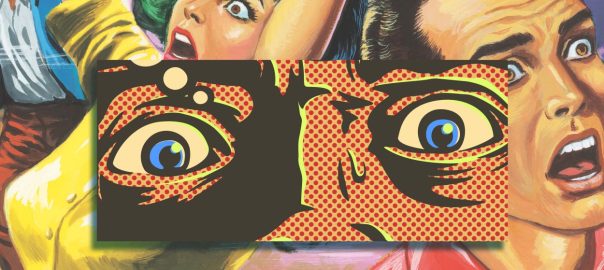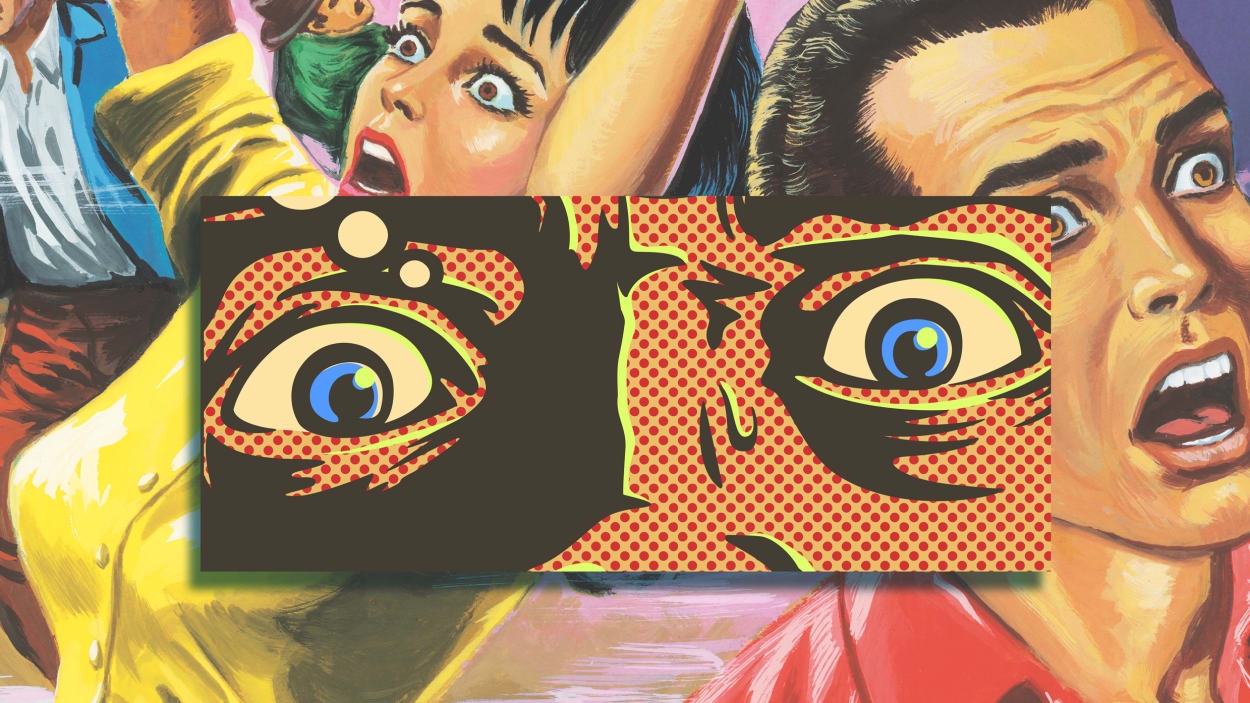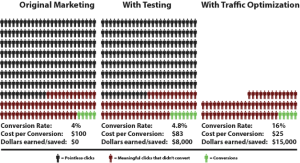By Yonason Goldson
Look before you leap. You can’t be too careful. An ounce of prevention is worth a pound of cure. Yes, it’s a dangerous world out there, and there are many good reasons to be afraid. So many, in fact, that we have an encyclopedia of conditions associated with fear. Arachnophobia is the fear of spiders. Acrophobia is the fear of heights. Aerophobia is the fear of flying. Even if we don’t experience these ourselves, we can empathize with those who suffer from traumatizing presentiment. But there are other fears that seem less grounded in reality. Coulrophobia is the fear of clowns. Barophobia is the fear of gravity. Anatidaephobia is the fear of being watched by a duck. And then there’s this week’s entry into the Ethical Lexicon: Phobophobia (pho·?bo·?pho·?bia/ foh-buh-foh-bee-uh) noun Excessive fear of acquiring a phobia In his first inaugural address, Franklin D. Roosevelt famously observed that, “the only thing we have to fear is . . . fear itself—nameless, unreasoning, unjustified terror which paralyzes needed efforts to convert retreat into advance.” Three centuries earlier, renowned philosopher Rabbi Moshe Chaim Luzzatto wrote even more succinctly in his classic work The Path of the Just: “There is fear, and there is fear. There is rational fear and irrational fear; there is courage and there is foolhardiness.” As with all things, the challenge we face with fear is to find the right balance. Reasonable caution taken too far becomes paralysis. Decisive action unmoderated by discretion leads to reckless abandon. Drifting toward either extreme proves costly in both business decisions and ethical choices. On a recent flight out of Denver, I struck up a conversation with my neighbor, who turned out to be a financial advisor. When I mentioned that my son works in risk management, my new friend remarked, “Yeah, I have a lot of fights with those guys.” That’s a good thing. Confronting fear is immeasurably healthier than either running from it or ignoring it. There are legitimate dangers in life and in business; knowing them is the surest path to avoid either crippling terror or perilous overconfidence. Among the most villainous enemies of ethics, rationalization is the first and fear is the second. Even worse, when these two malefactors join forces against us, they manipulate us into fabricating arguments that support our fears. By goading our imaginations to run wild, they conjure up the twin specters of everything that might go wrong if we act and everything we stand to lose if we don’t. On the one hand, we’re afraid of failure, afraid of being wrong, afraid of being seen as being wrong, afraid of exceeding our authority, afraid of losing our jobs or our prestige. On the other hand, we’re afraid of missing opportunities, afraid of appearing weak, indecisive, or unsure of ourselves. And, of course, there’s the fear of looking afraid.
It’s been said that all fears stem from fear of the unknown. Children are often fearless: They know they don’t know anything, and they want to learn. But as we grow older, as our world view takes shape, every encounter with the unknown threatens to disrupt whatever understanding we think we’ve already acquired. What is the unknown? Is it not merely the undiscovered country where true wisdom resides? If so, shouldn’t we be far more frightened of remaining in the darkness of ignorance or self-deception than we are of coming into the light? It’s true that we can’t uproot our fears completely; but we can manage our fears by playing one off against another. Instead of trying to conquer fear, what if we crack open the door to the inner sanctum of our minds just enough to admit a small measure of uncertainty? By getting comfortable with both the fear of action and the fear of inaction, we can achieve a kind of equilibrium that allows us to weigh our options, contemplate consequences, then proceed with a degree of confidence that felt hopelessly out of reach as we waffled between seemingly impossible choices. Fighting fear with fear is wired into our nature. It’s what drives the hunted fox to face the pack of hounds when chased into a corner. It’s what transforms a soft-spoken 90-pound mother into a grizzly bear when she feels her child is threatened. And it can either shake us out of our paralysis or rein in our impetuosity when we catch ourselves drifting too far toward the extremes of vacillation or impetuosity. Hardly a week goes by that we don’t hear about another scandal-plagued company calling for a postmortem to try to identify the moment when everything went wrong. Much better to perform a premortem that anticipates the potential consequences of both action and inaction, thereby determining whether the best course of action is boldness, circumspection, or striking out in an entirely different direction. Through reframing, we transmute fear from an enemy into an ally, from a saboteur into a trusted advisor who warns us away from the abyss on either side and steers us toward sure footing along the path forward. Instead of fearing fear itself, by channeling fear we can summon the courage to trust ourselves as we navigate the challenges of strategic and ethical decision-making. Yonason Goldson works with business leaders to build a culture of ethics that earns trust, sparks initiative, and limits liability. He is an award-winning podcast host, TEDx speaker, and author of Grappling With the Gray: An Ethical Handbook for Personal Success and Business Prosperity.Confronting fear
Admitting uncertainty
Hot-wiring our hardwiring
(4)







